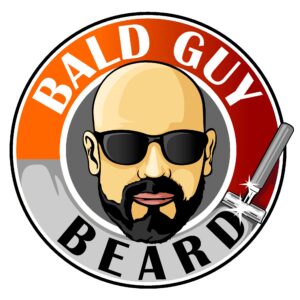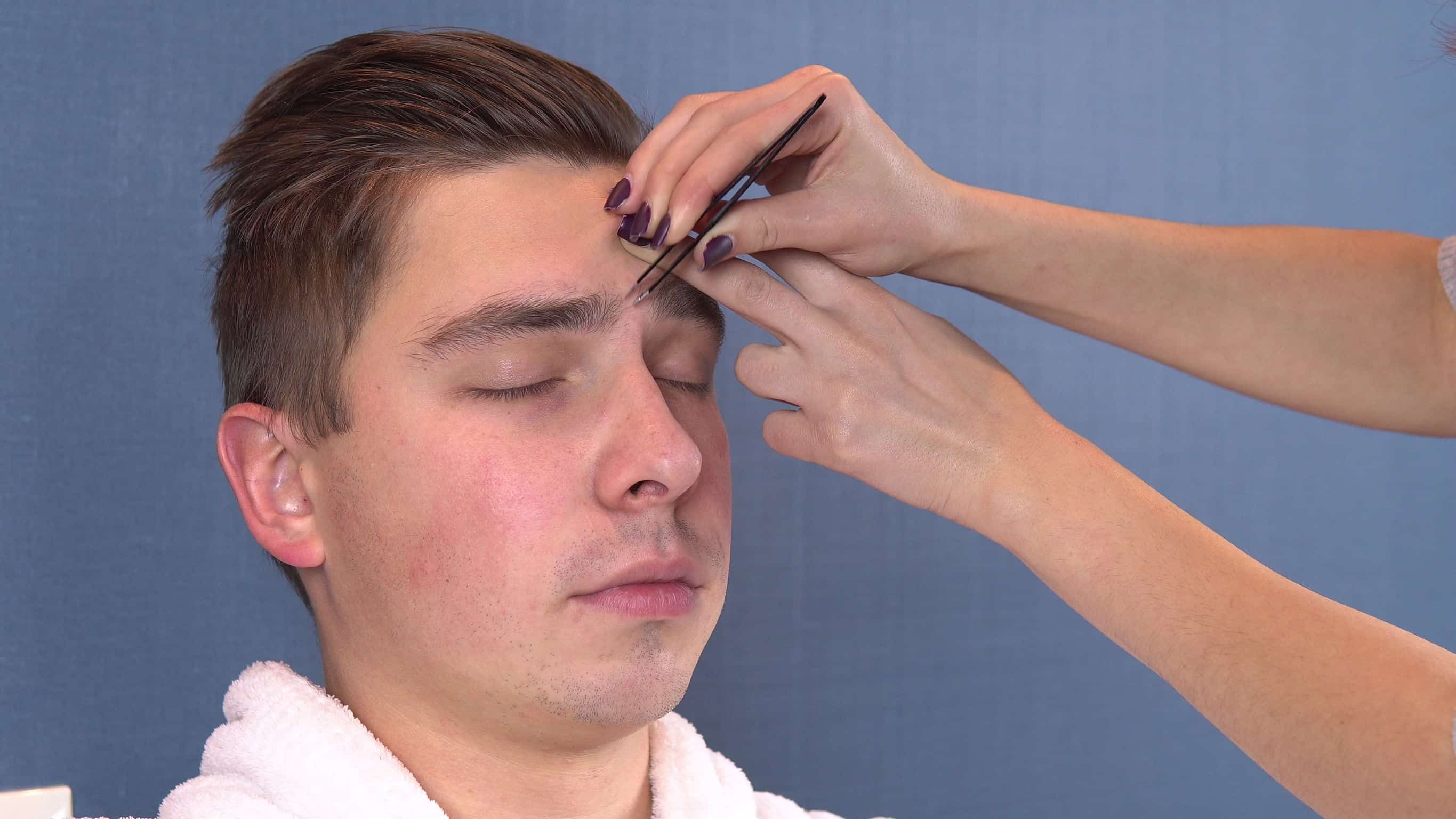A unibrow is when you have one continuous eyebrow rather than two separate ones with a space of hair-free skin above the bridge of the nose as most people do. While it’s not a concern for some men, it might cause embarrassment for you and you wonder how do to get rid of it.
And why do I have a unibrow in the first place? Is it simply an overactive example of hair growth or is it something different?
Why Do I Have A Unibrow?
Research from 2016 shows that a unibrow – or synophrys as it’s known in the medical community – is caused by a specific gene called PAX3. This gene is responsible for certain hair characteristics including its ability to grow as one continuous eyebrow in addition to giving hair properties such as thickness, curling and greying.
For some guys with a unibrow it’s no big deal and they don’t worry about it. For others, they want to take action and get rid of it. The question is, how?
Here are the most common ways to handle a unibrow in the instance where you would prefer to have two distinct eyebrows rather than one continuous one.
Depilatories
Depilation involves using a chemical product such as Veet or Nair. The product is applied to the hair to be removed, is allowed to sit as per the instructions and then wiped or washed away, again per instructions. If you are against using chemical products or don’t like the often strong smell of such a product, you’ll probably want to skip this option.
You have to be careful not to apply the product on any hair not to be removed otherwise you might end up taking off more hair than you’d like.
Shaving
The quickest way to deal with a unibrow is to shave the area in question. As with any shaving method, the result tends to only last several days although eyebrows can take up to 4 months to grow back completely. So if you’re looking for a quick fix and don’t have a significant unibrow that is thick and bushy, shaving might be the easiest and lowest stress solution. As with any shaving option, you may cut yourself or accidentally shave off too much of your eyebrow.
Waxing
Small wax strips for eyebrows and other body parts areas exist so it’s definitely something to consider. Waxing removes hair for several weeks so it’s a longer term option than shaving. You’ll probably need no more than one or two wax strips to accomplish a unibrow removal although it could take a bit of time to completely get each hair. You might find you end up using another method like tweezing to grab the last few remaining hairs.
Tweezing
Tweezing involves removing hair individually with tweezers. The main pic at the top of this post illustrates this process. If you have a few individual eyebrow hairs, this may be a good solution since it’s quick. Tweezing will also remove the undesired hair for a longer period of time than shaving.
And as mentioned above in the link in the Shaving section, eyebrows grow back relatively slowly too. Important to mention is that you use sterilized tweezers to avoid an infection.
Laser or IPL
Using laser or intense pulsed light (IPL) is a potentially longer term solution that is often considered by guys with a unibrow. I’ve used both laser and IPL for hair removal and from my experience, I have a difficult time imagining that either option could be cost effective since the size of a laser or IPL wand (the device that is used in both processes) is large enough that I imagine a treatment for a unibrow could be completely in several minutes or less.
Laser and (especially) IPL are really meant for larger areas of hair removal like back, shoulder, arms, legs, chest, etc and are generally priced accordingly. So a session might cost several hundred dollars. I find it difficult to believe that a practitioner would use IPL for unibrow removal but as laser uses a smaller wand and will take slightly more time, might be a more suitable and cost effective option than IPL.
So unless you are planning on having other hair removal done with laser or IPL and add your unibrow in for the same visit, I can’t imagine it’s a cost effective, standalone option.
Electrolysis
Electrolysis is the only method of hair removal approved by the Food and Drug Administration to offer permanent hair removal. It involves placing a small needle into each hair follicle and zapping it with an electrical current. Tweezers are then used to remove the hair. While multiple treatments may be required, electrolysis can eventually provide you with 100% hair removal in the desired area. Electrolysis really is a good option for unibrow treatment since it’s a relatively small area to treat, which is what electrolysis is capable of handling given that it involves zapping each hair one at a time.
Conclusion
- Why do I have a unibrow? A unibrow is one continuous eyebrow that grows on guys and is due to a specific gene as discovered by a 2016 study quoted above.
- The medical term for unibrow is synophrys.
- There are a number of hair removal methods to choose from to deal with a unibrow assuming you don’t want to leave it be and live with it.
- Depilatory creams offer temporary hair removal but tend to be smelly and are chemical-based.
- Shaving, waxing and tweezing are common methods of hair removal for a unibrow that offer an increasing amount of time for going hair free.
- Laser and IPL may be an option but given the cost, may be prohibitive since these two methods are often priced for larger body parts involving more time.
- Electrolysis may be an ideal option for dealing with a unibrow since it was designed to deal with hair removal one hair at a time in small areas.


